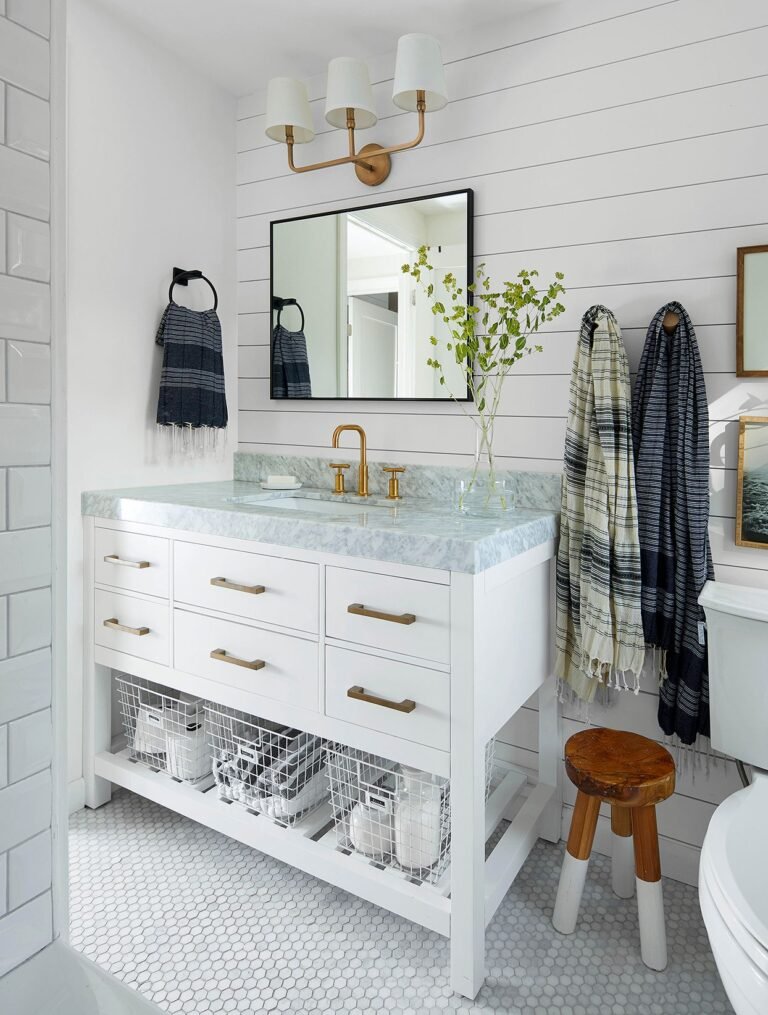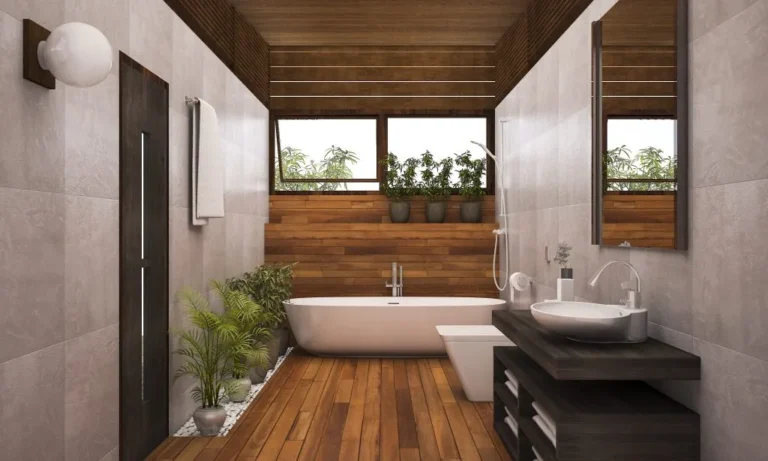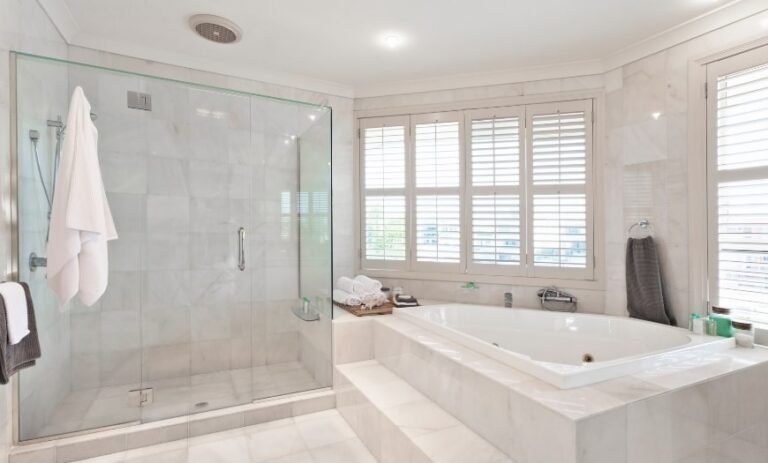Signs You Need a Bathroom Upgrade
Bathrooms are often the most used spaces in a home. Over time, they show signs of age and wear. Some changes are small and easy to ignore. Others point to bigger problems that may call for a full upgrade. In this blog, we’ll walk through the signs that suggest it might be time to give your bathroom the attention it needs.
Outdated Fixtures
One of the first things people notice is the fixtures. Old sinks, faucets, or showerheads can make a bathroom feel tired. If you see rust, leaks, or handles that don’t turn smoothly, that’s a hint they’ve reached the end of their life. Upgrading them not only improves looks but also saves water.
Constant Leaks and Drips
A leaky faucet may seem small. Yet over time, it can waste gallons of water and raise bills. Drips also stain sinks and tubs, leaving marks that are hard to clean. If your pipes or fixtures leak often, it might be a bigger plumbing issue. A new setup can fix that and keep your space dry.
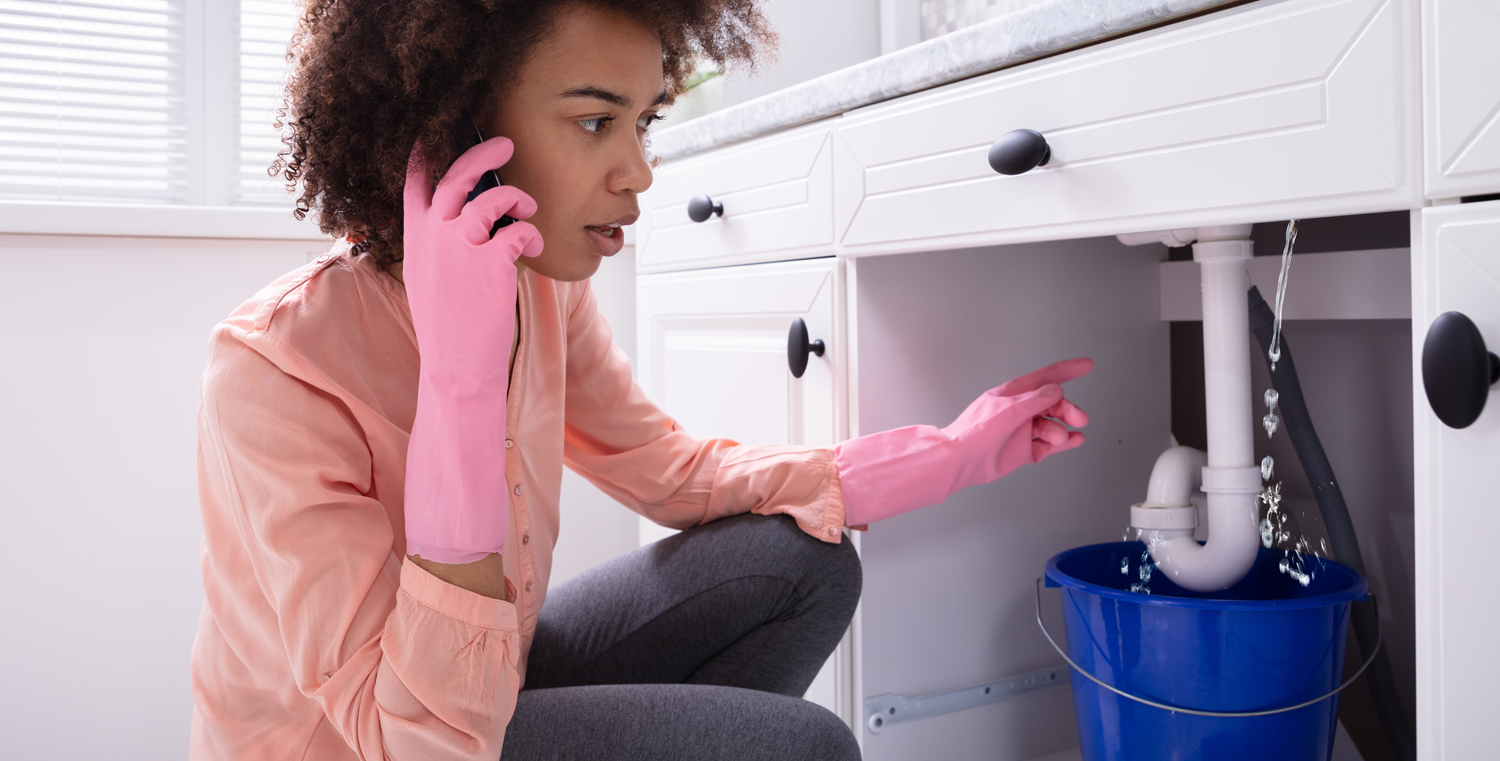
Poor Lighting
Good light is key in a bathroom. Dim or yellow light makes the room feel gloomy. It also makes daily tasks like shaving or makeup harder. If you rely on one small bulb, consider adding layered lighting. Wall sconces, ceiling lights, or even natural light can make a big change.
Mold and Mildew
Bathrooms stay damp, which makes them prone to mold. If you see black spots on tiles or ceilings, that’s a warning. Mold can harm your health and spread quickly. A new bathroom design with better airflow and updated materials can solve this problem.
Lack of Storage
If you’re always struggling to find a place for towels, toiletries, or cleaning supplies, you may need more storage. A bathroom upgrade gives you a chance to add smart cabinets, shelves, or built-in niches. Organized storage keeps the room tidy and stress-free.
Outdated Design
Styles change over time. What looked modern 20 years ago might now feel out of place. Old tile colors, dated flooring, or bulky tubs can make a bathroom feel stuck in the past. An upgrade lets you bring in fresh styles that match your taste today.
Cracked or Worn Surfaces
Tiles, counters, and tubs wear down. Cracks or chips not only look bad but also let water seep in. That can cause bigger damage to walls and floors. Fixing surfaces is often costly, so a full update may be the smarter choice.
Bad Layout
Some bathrooms just don’t flow well. Maybe the toilet is in an awkward spot, or the shower takes up too much room. Poor layout makes daily use frustrating. A remodel can help you rethink the space and make it easier to move around.
Poor Ventilation
A fan that doesn’t work well or no fan at all leads to damp air. That dampness causes peeling paint, mold, and odors. If your mirror stays foggy long after a shower, it’s a sign your bathroom needs better ventilation. An upgrade can add a stronger fan or even a window.
Rising Bills
Old toilets and faucets use more water. Older lighting uses more power. If your bills seem higher than they should be, your bathroom might be part of the problem. Newer systems save water and energy, cutting costs in the long run.
Safety Issues
Slippery floors, sharp corners, or high tubs can be unsafe. This matters more if you have kids or older family members. Adding slip-resistant floors, grab bars, or walk-in showers makes the room safer and more comfortable.
Signs of Poor Plumbing
Slow drains, gurgling noises, or low water pressure point to plumbing issues. These may be linked to old pipes. A bathroom upgrade is a good time to replace them before they cause bigger damage.
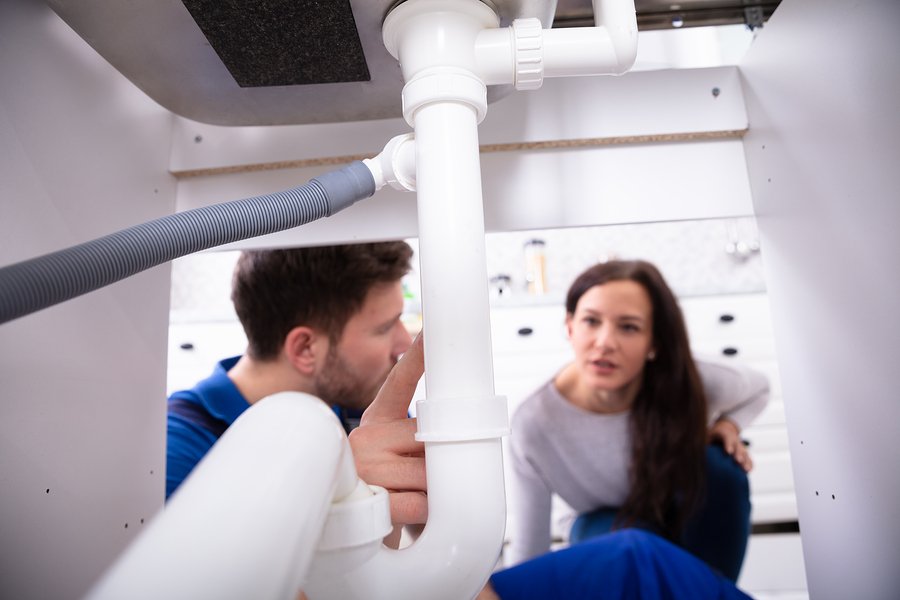
Smells That Won’t Go Away
If your bathroom always smells musty, even when clean, the problem may be hidden. Old pipes, trapped moisture, or poor airflow often cause stubborn odors. A remodel can address the source instead of just masking the smell.
Why Upgrading Matters
A bathroom upgrade isn’t just about looks. It improves comfort, safety, and even home value. Buyers often judge a house by its bathrooms. An old or worn space can lower the appeal, while a fresh one adds charm.
Budget-Friendly Signs to Watch
You don’t always need a full remodel. Sometimes small upgrades help. If your budget is tight, you can:
- Replace fixtures
- Update lighting
- Add fresh paint
- Change cabinet handles
- Install new mirrors
These smaller steps still refresh the space while saving money.
When a Full Remodel is Best
Some signs mean a full remodel is better. For example:
- Major leaks or plumbing issues
- Mold spreading across walls
- Surfaces cracking beyond repair
- Layout problems that make use difficult
In these cases, fixing just one part won’t help. A full upgrade solves all issues at once.
How Often Should You Upgrade?
There’s no set rule. Many people update every 10–15 years. Styles change, plumbing ages, and needs shift. If your bathroom no longer fits your life, that’s a clear sign it’s time.
Planning Ahead
If you think a remodel is coming, start planning early. Make a list of what matters most: storage, light, style, or safety. Compare costs, check materials, and set a timeline. This helps you avoid stress when the work starts.
Final Thoughts
Bathrooms may not always get the attention they deserve. But since they’re used daily, they affect comfort more than most rooms. If you notice leaks, mold, poor lighting, or just a design that feels tired, those are all signs to upgrade. Whether you go for small fixes or a full remodel, the result will make life easier and more enjoyable.


